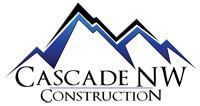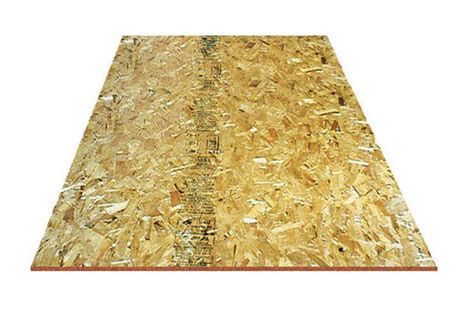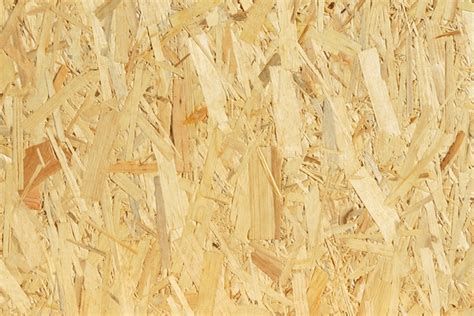Over the years of working in the world of construction, one of the most common questions I get asked is, “Why do you use plywood rather than OSB?”
To put it simply, It all comes down to quality. When contractors look into building any sort of structure for you they want it to last as long as possible with the least wear down and issues over time. It’s important to use the correct panel products from the start, since most of the strength of the house comes from the sheathing.
Let's dive into the fundamentals of panel products and what it means for you and your home. First, what is OSB and plywood and how are they made? OSB or Oriented Strandboard is a panel product that is made when timber is shredded into small strands. These strands are put through a milling process where they are mixed and rolled together with a wax/ resin mixture. This mix is pressed at high temperatures into standard sized sheets that we see everyday. Plywood, on the other hand, is made from old growth trees that are cut into layers of veneer. The veneer is glued and pressed together in layers that lie perpendicular to each other. APA and a collection of wood specialists have deemed these two products as equal when it comes to shear strength.
Where we really start to see the difference between the two products is when it comes to exposures. OSB is deemed as water resistance due to the wax and resin mix inside of it. For the most part this is a truth, the issues come once water has entered the wood. Since there is such a strong water resistance to OSB it ends up locking the moisture inside and is not able to escape in a timely manner. Once the water has penetrated the layers OSB becomes a sponge and starts to warp and can even expand up to 3/8ths of an inch larger than its original size. The worst part is that this swelling in OSB is irreversible and is capable of ruining finishes on the exterior of the structure. Other problems can come in signs of dry rot and a weakened support system.
Plywood is seen to have less of these problems and is capable of lasting up to 50 years or more if installed correctly even if water has reached it, as long as it has been treated properly. Due to the veneer layers in plywood it is capable of expelling any water it absorbs at a rapid rate and holds its original shape without cupping or change in product size. Plywood is also able to be installed as a primary subfloor system for any type of flooring without any issues or weak spots. Plywood has been found to have a stronger web in flooring and is less likely to flex under heavy loads and stress. Plywood is also able to be used as a finish in multiple areas and is meant for structures that might not be finished for a while and is capable of withstanding humidity and weather changes for six months or longer.
Although plywood is more expensive compared to OSB most of the time, the payout that it can offer is more than worth it. With the combination of strength, water resistance and the capability to be used from framing to finish, makes it a dominant product for us. We love to see your house last a lifetime and take pride in what we put into it.





